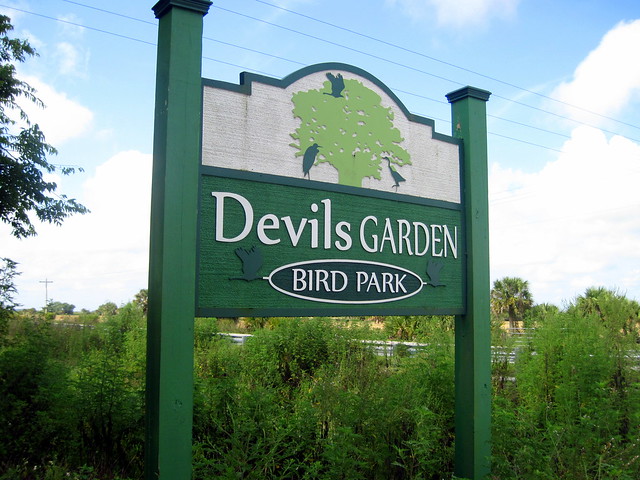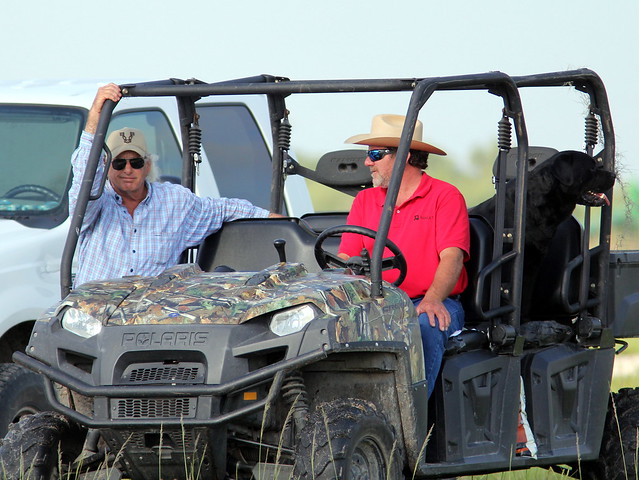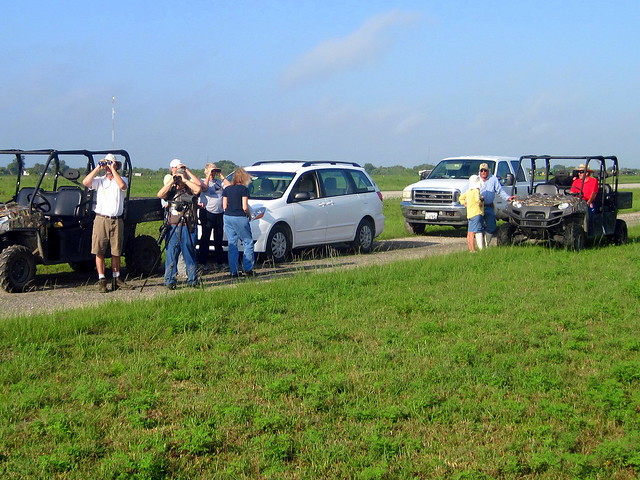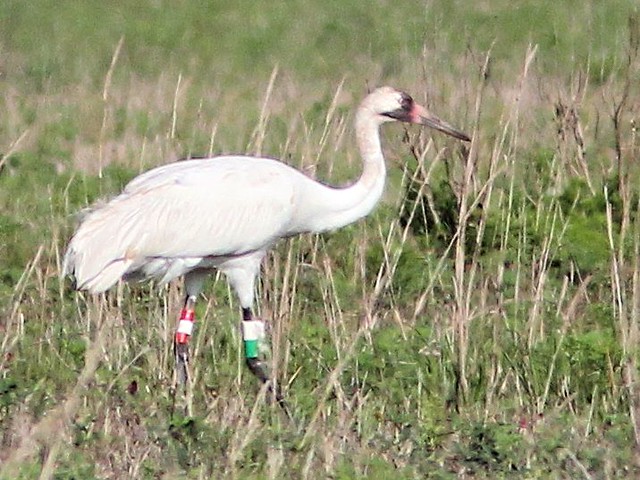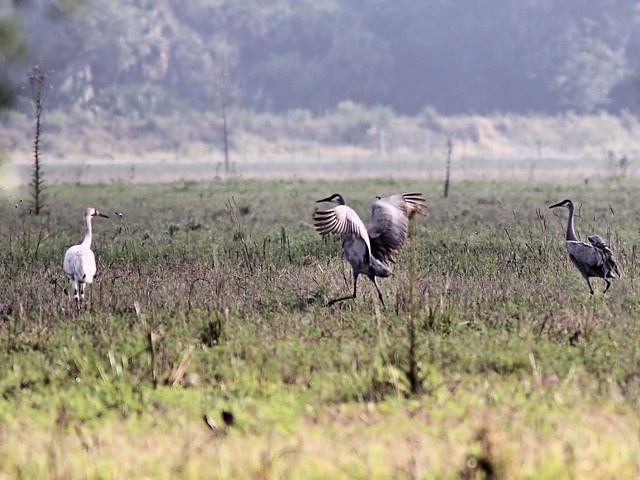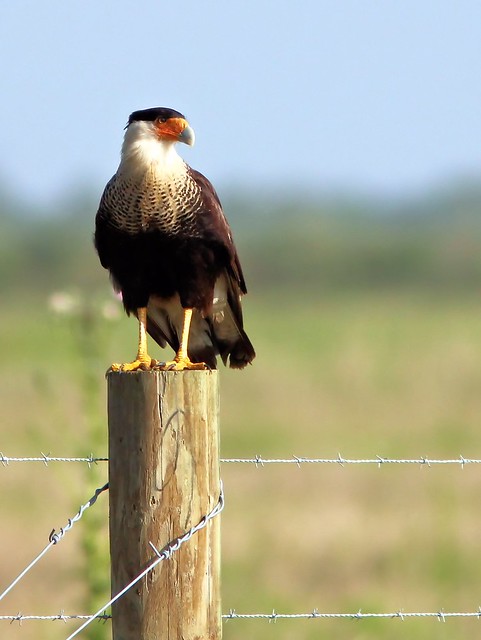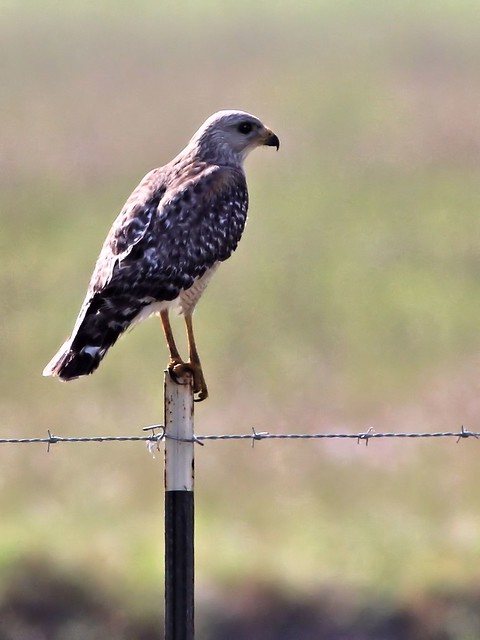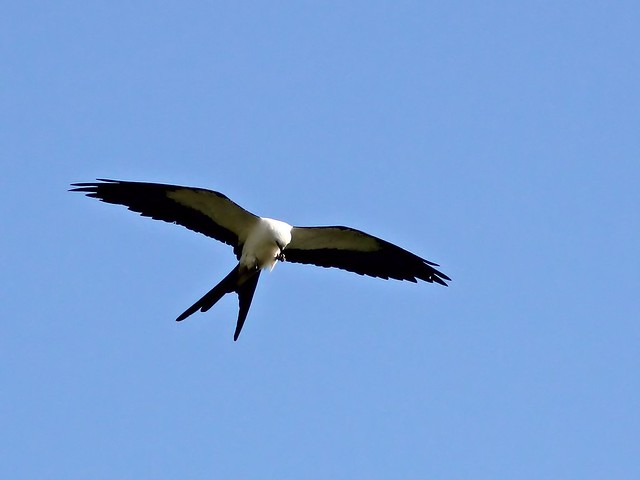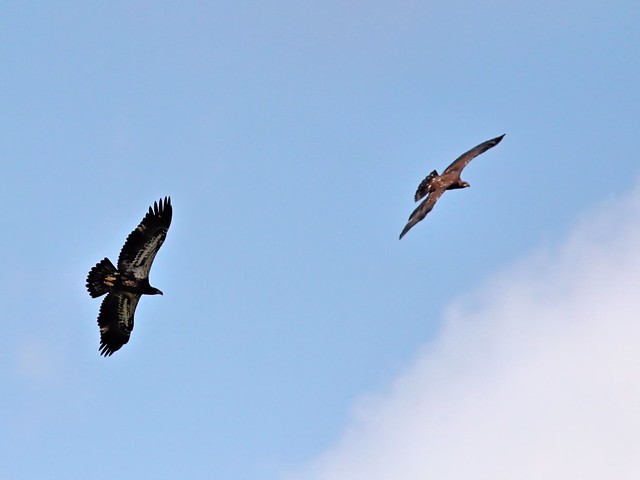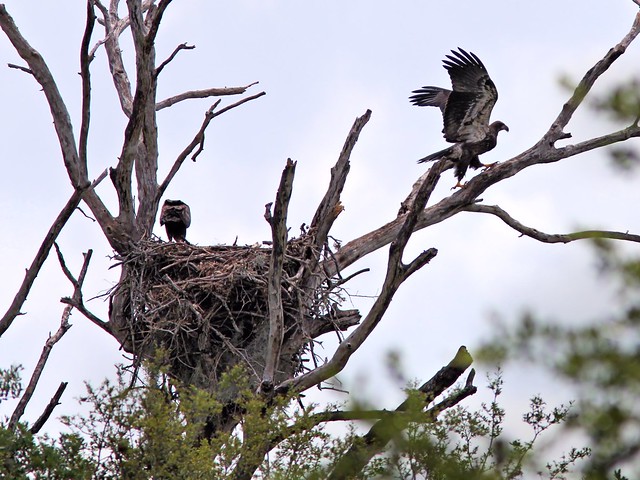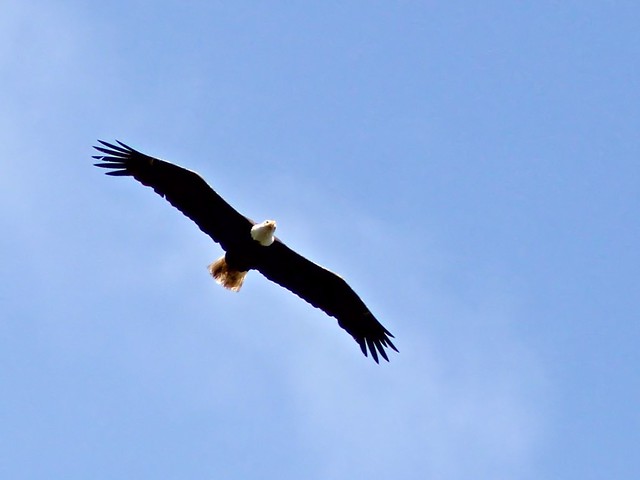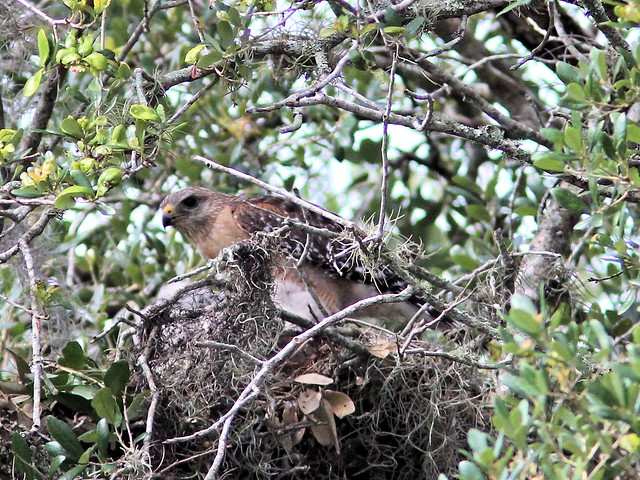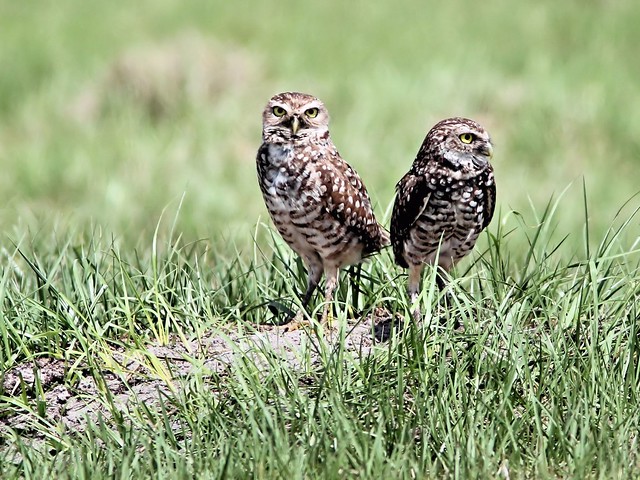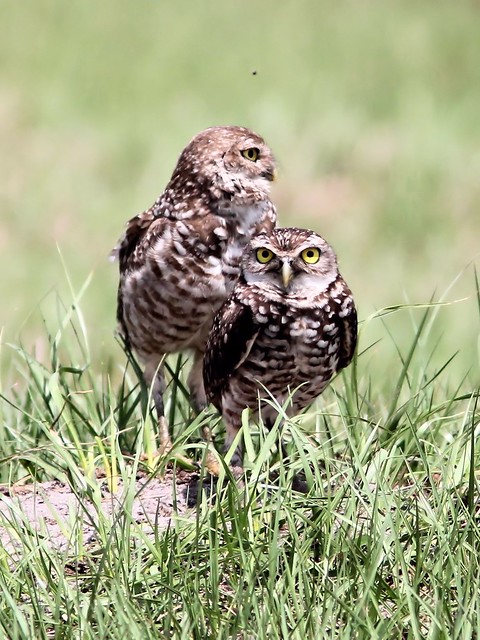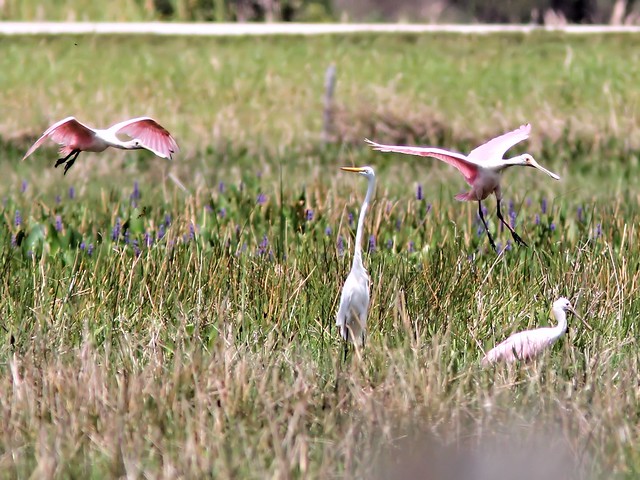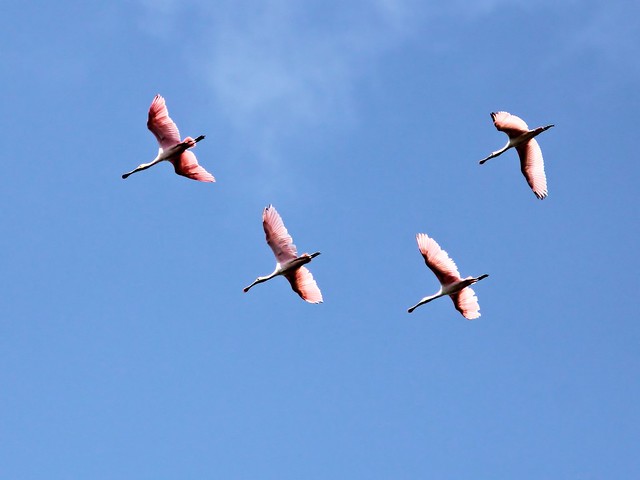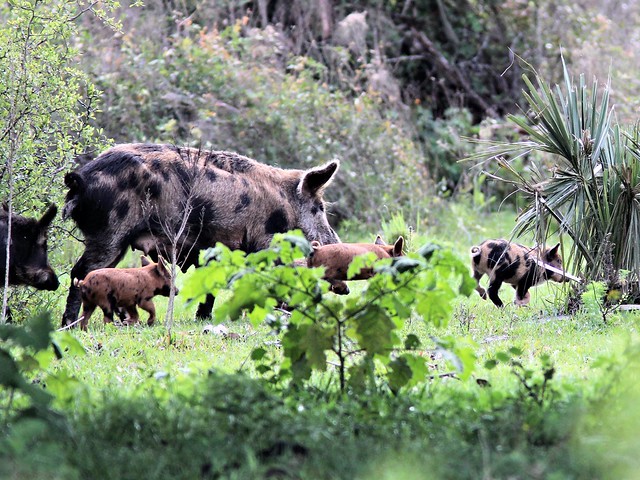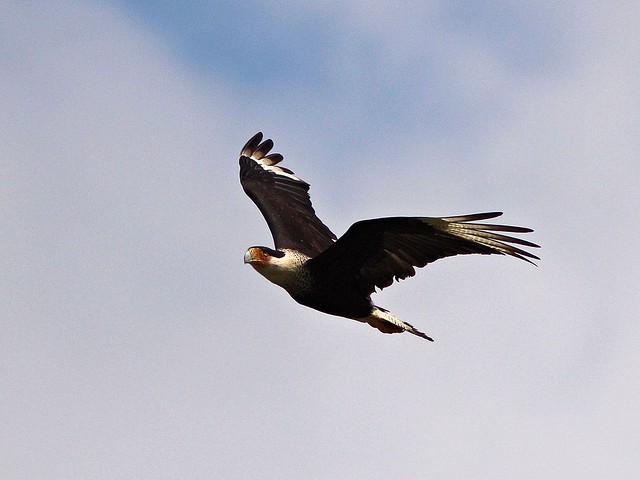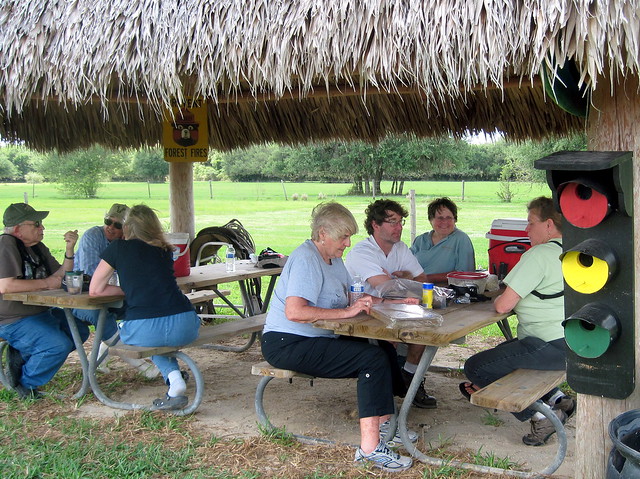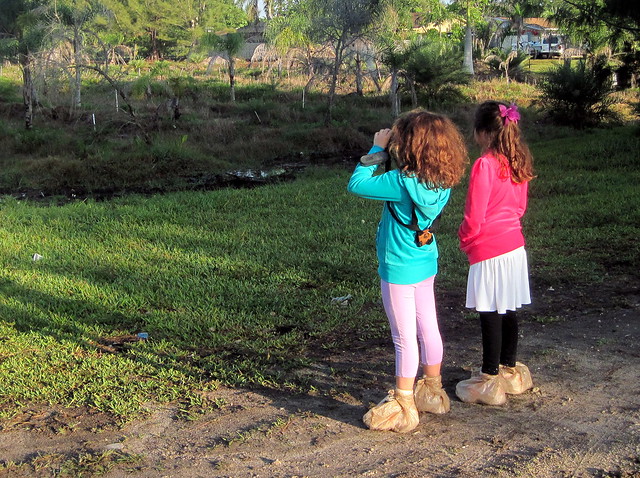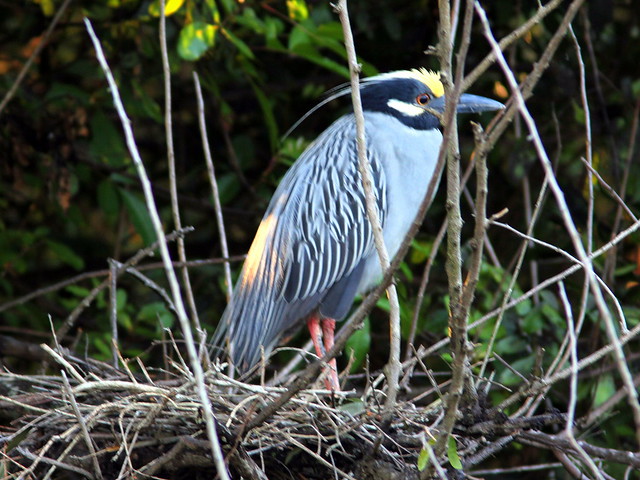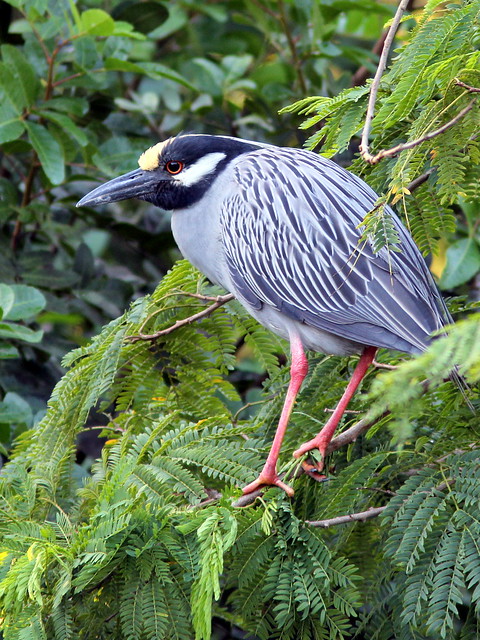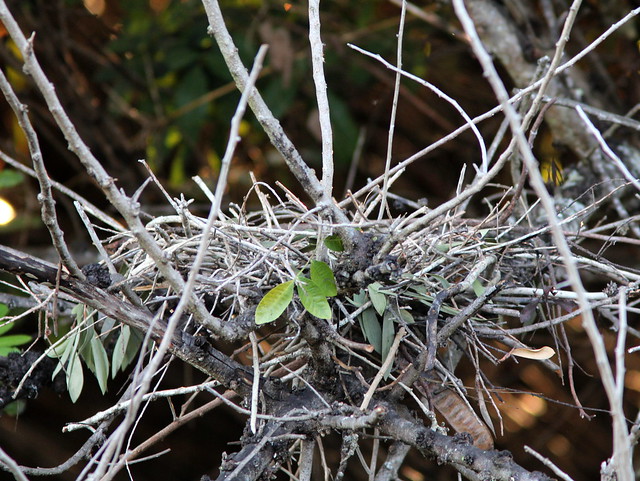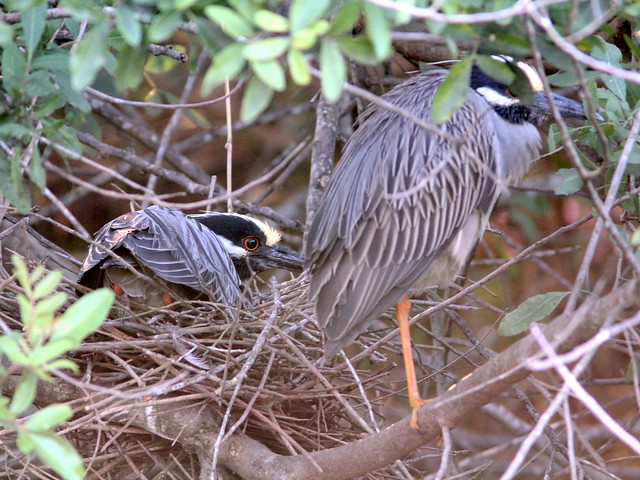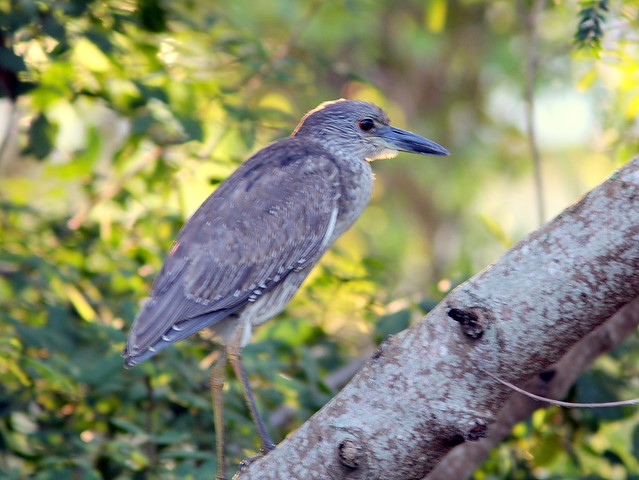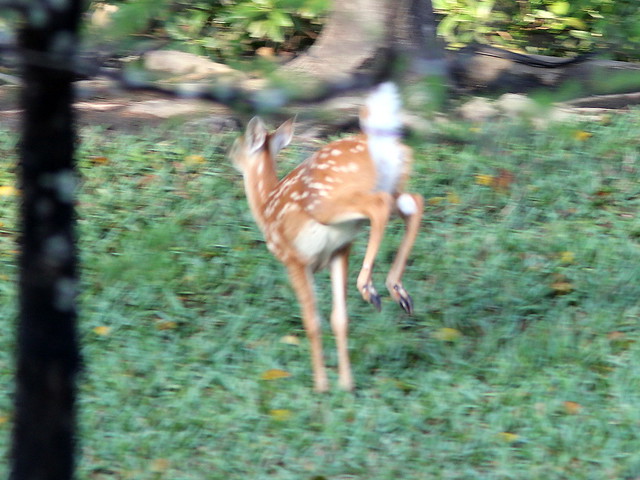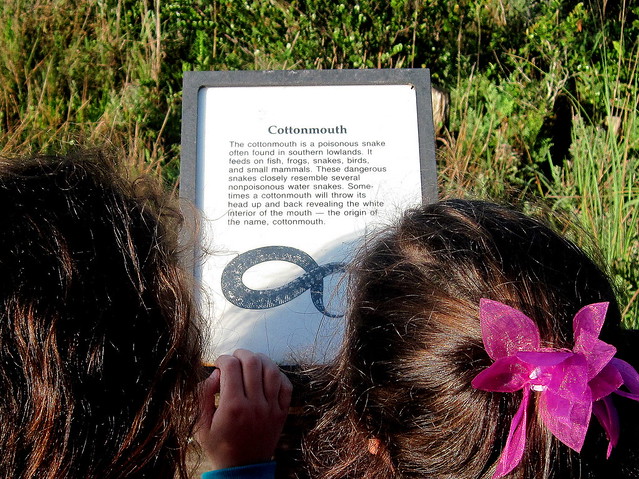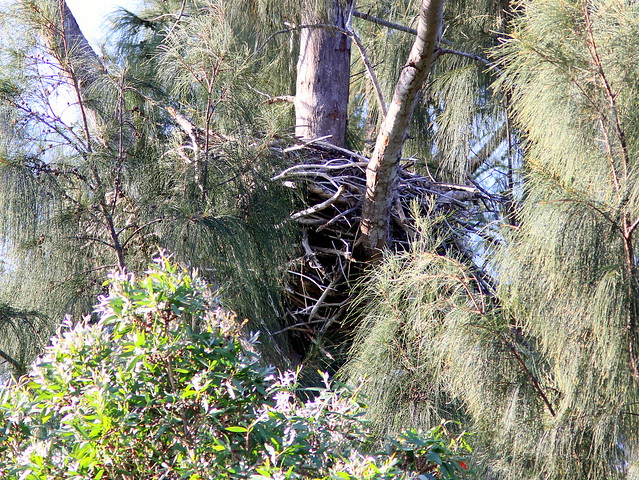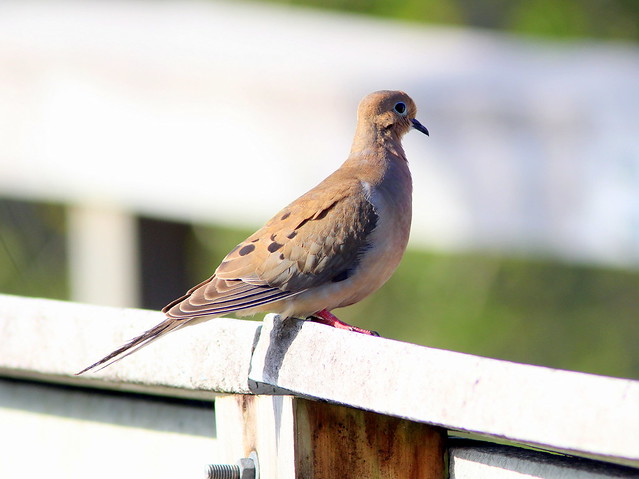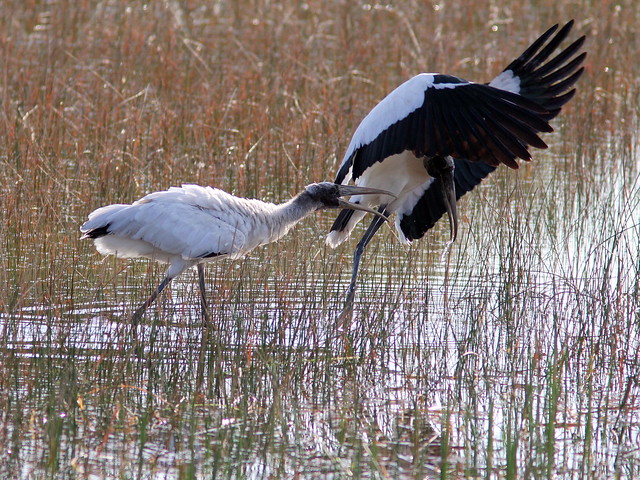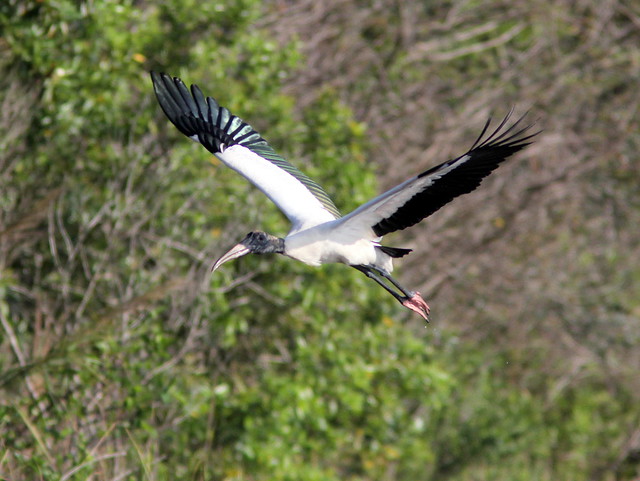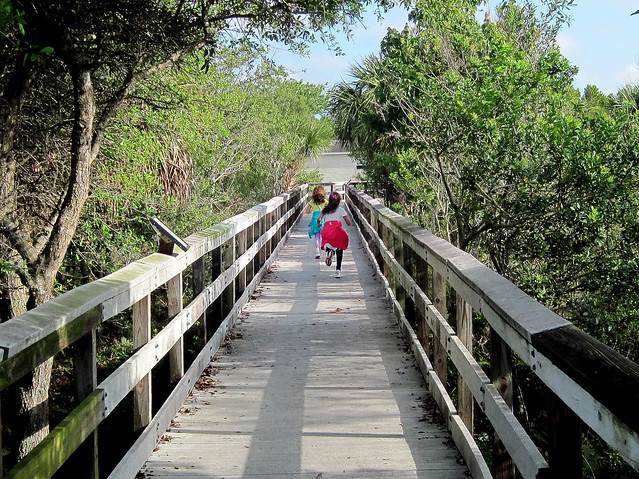Change is inevitable, from the destruction of our quiet sitting spot, now in full sunlight and overgrown with grasses, to the clearing of the prairie in front of our Illinois townhouse.
When we returned to Florida only a month ago we saw that vandals, who earlier removed the only 5 mature native Trema trees, had carved an ATV road through the heart of the last small patch of woodlands that we called our "Fake Hammock." Click on this link to see it before it was disturbed. They also ignited a small wildfire. Now the quiet dark and cool spot under the canopy has become a nighttime gathering place with a fire pit.
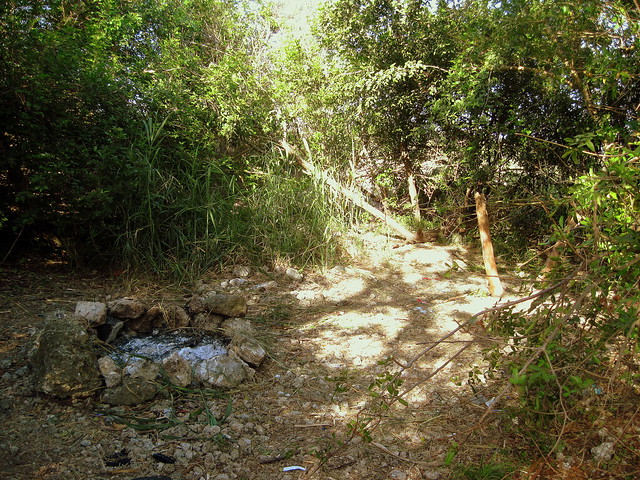
Upon arrival in Illinois I captured this view from the top floor of our Illinois condo. The scene has changed radically. Where meadowlarks, Spotted Sandpipers and Horned Larks once nested and Sandhill Crane families visited we now stare upon a drastically altered landscape. See Illinois "Yard" Birds. Construction of additional townhomes was not unexpected, but delays in completion of the project allowed us to grow accustomed to the scarred but bountiful prairie that developed as the land lay fallow over the past nine years.
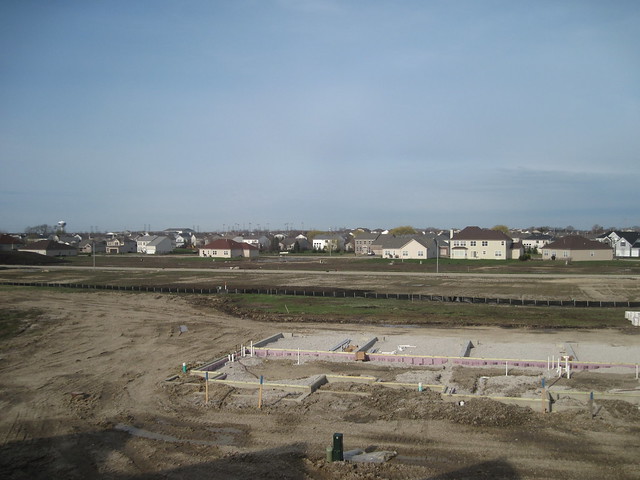
On a positive note, there were interesting creatures to be seen in Florida during the week prior to our departure for Illinois. As usual, Mary Lou and I got out before sunrise, and she beat me home by over an hour. This is a view looking to the northwest just as the early rays are reaching the high clouds.

The lake held a welcome surprise. A noisy flock of Black-necked Stilts flew across the water in front of me.
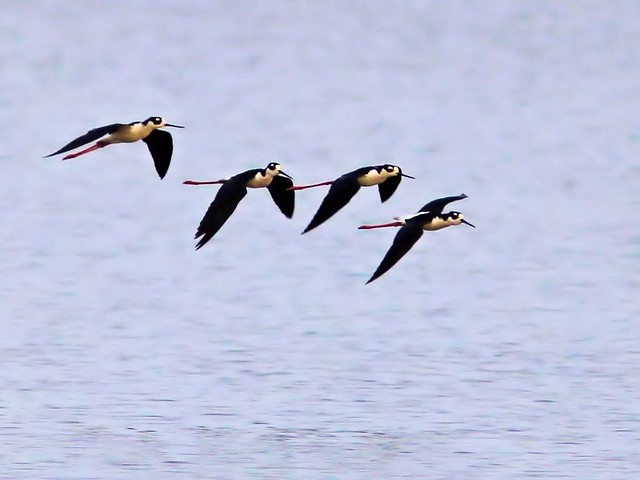
An Osprey occupied its usual roost.
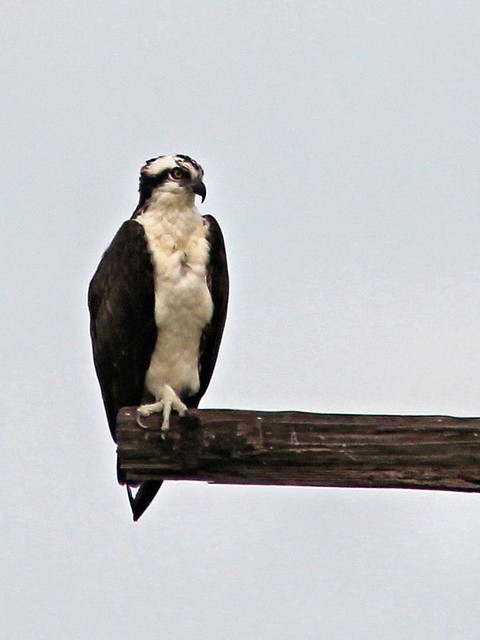
A Common Nighthawk, probably getting ready to nest at the side of the path, watched me from its perch on a wire.
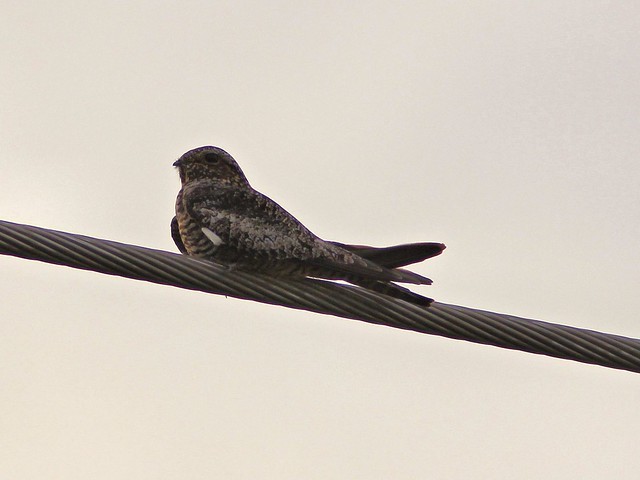
Gray Catbirds were everywhere, but not a single warbler had migrated in. Southeasterly winds seem to be encouraging migrants from Cuba to follow north along the west side of the Florida peninsula or even cross the open water of the Gulf of Mexico.
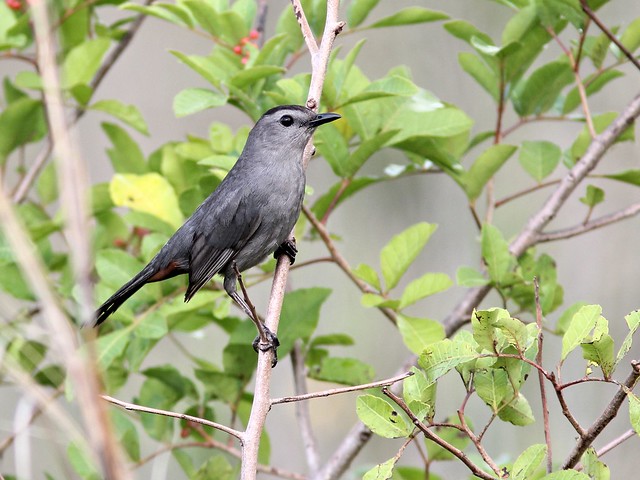
Least Terns have arrived, and within two days I observed their mating rituals. The male brings a little fish to the female who adopts a bill-up posture. If he proves to be a good provider, she will accept him as a mate within a week or so. See the full ritual in: The Least of the Terns.

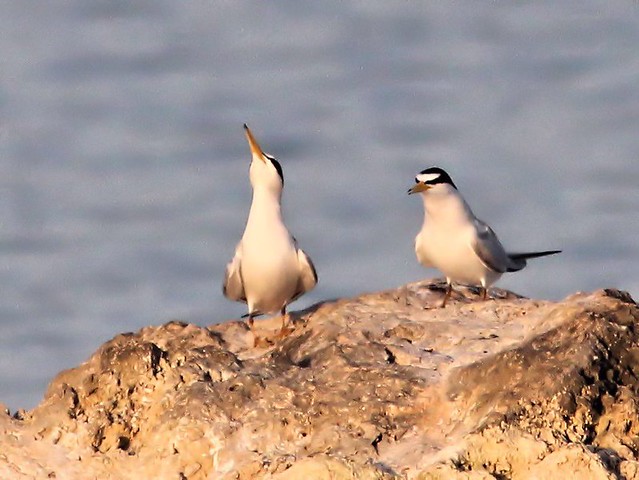
Duck migration was in progress. Several small flocks of a dozen or so flew rapidly to the north, high overhead and illuminated from beneath by the first rays. Most were teal and shovelers. This flock consisted of Blue-winged Teal.
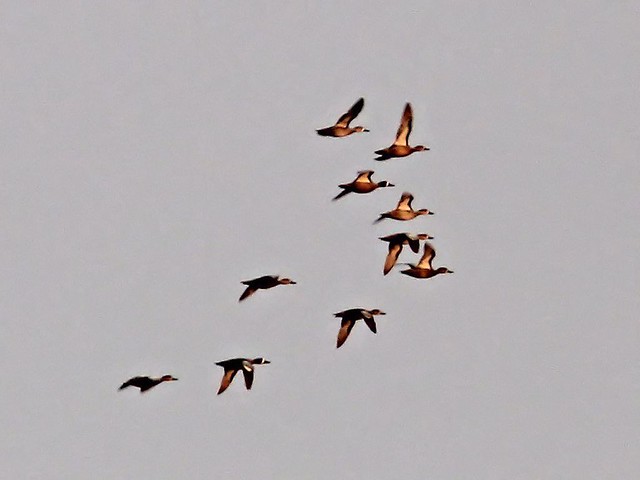
Cormorants were mirrored in the early morning calm.
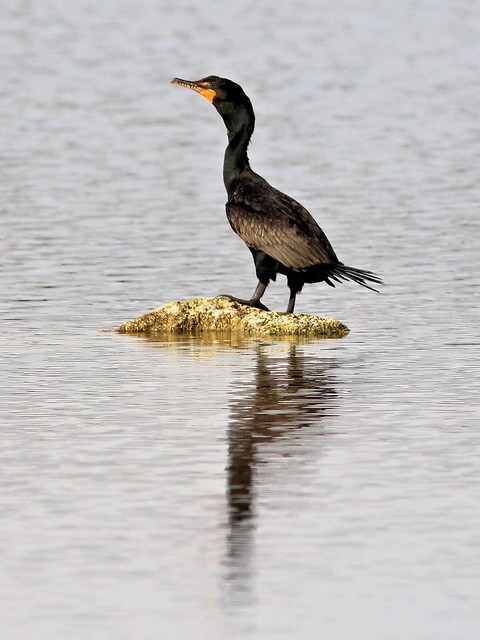
The humidity was high, and this immature Red-shouldered Hawk spread its well-worn feathers to dry them in the rising sun.
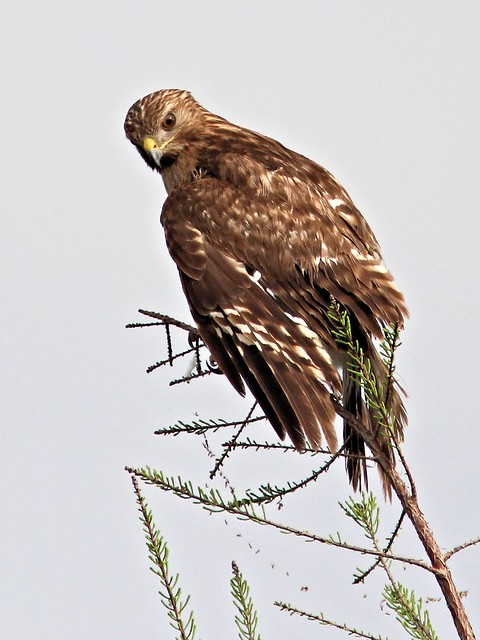

All was well in the Yellow-crowned Night-Heron rookery, with at least six nests in various stages of completion and at least three pairs incubating.
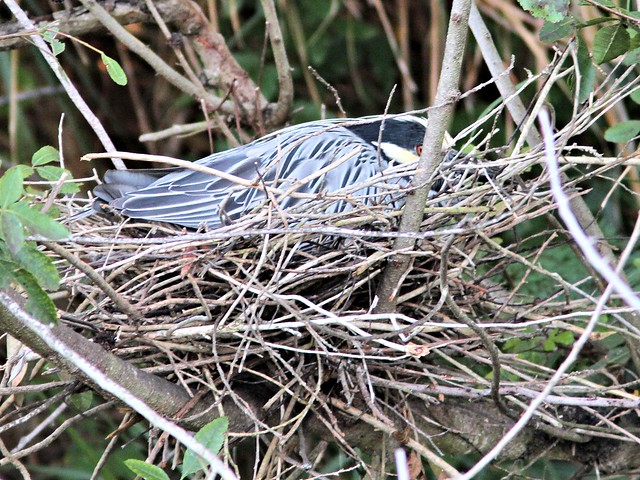
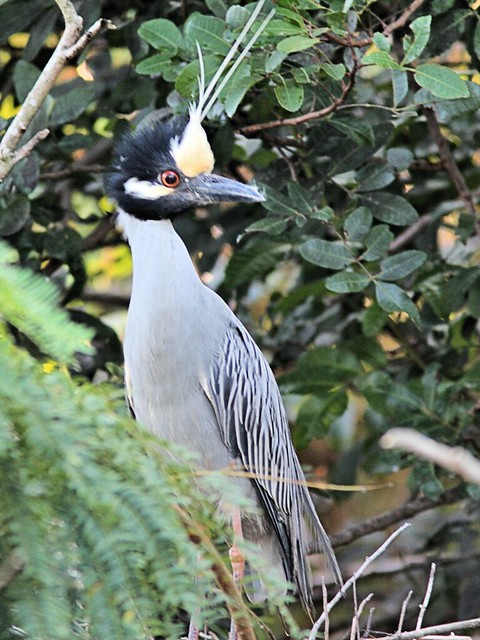
There were two immature birds among the dozen or more adult herons.

An Eastern Box Turtle ambled across the path. I would have missed him, but Mary Lou pointed him out.
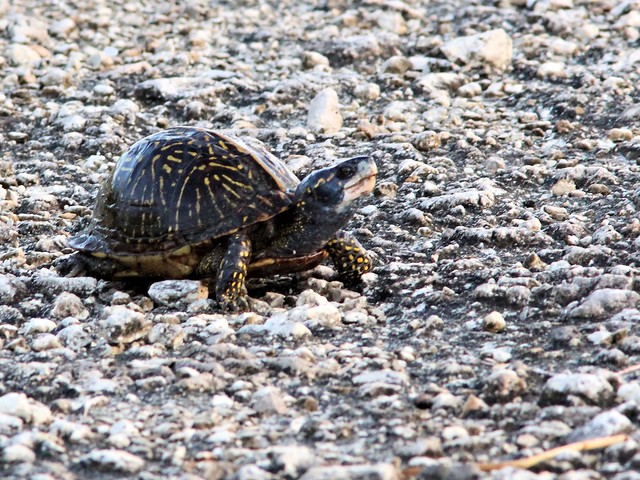
This Opossum was crossing the gravel road. When it saw me it started moving away. Suddenly it stopped and picked up a freshly-killed rat. It proceeded to eat it in large bites, right down to its tail.
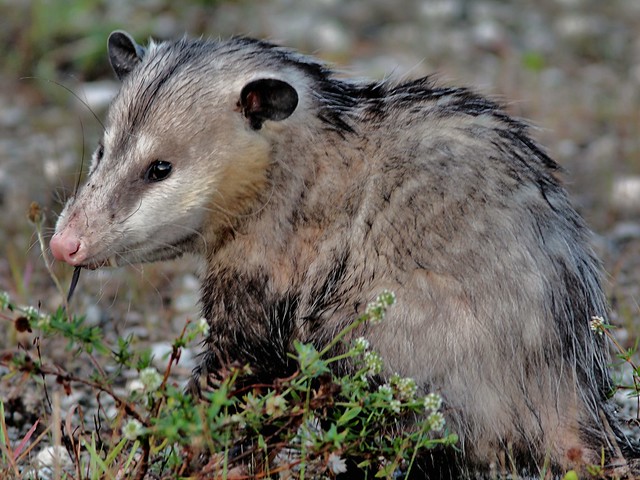
We made a last stop at the local Bald Eagle nest to check on the welfare of the recently-fledged eaglet. It was roosting just adjacent to the nest tree, calling to be fed.
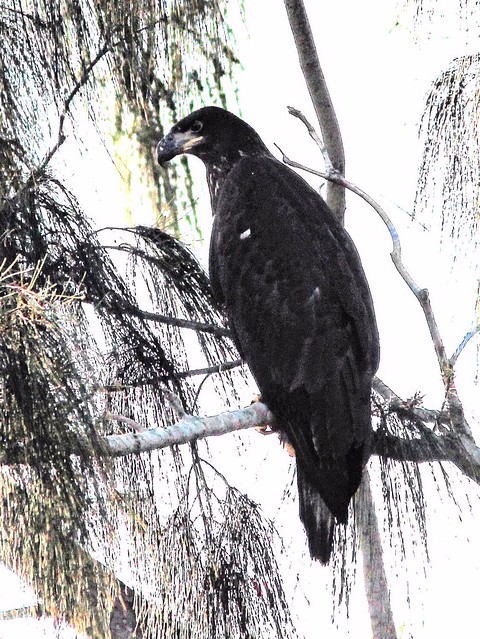
The eaglet swooped down right in front of me, heading for a tree where an adult was resting.
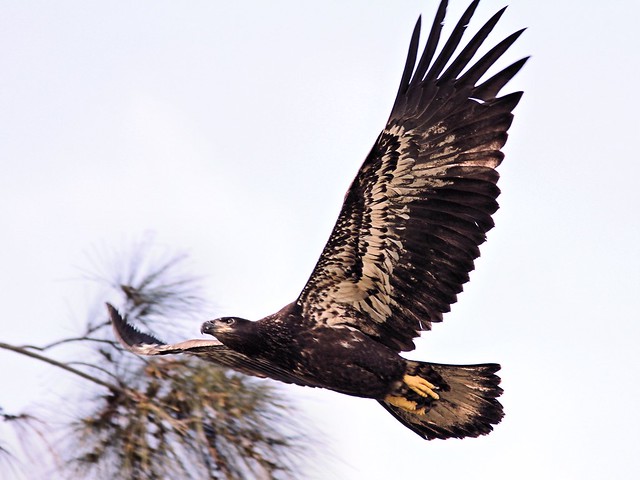
The adult did not even look up at its demanding offspring, and continued preening.
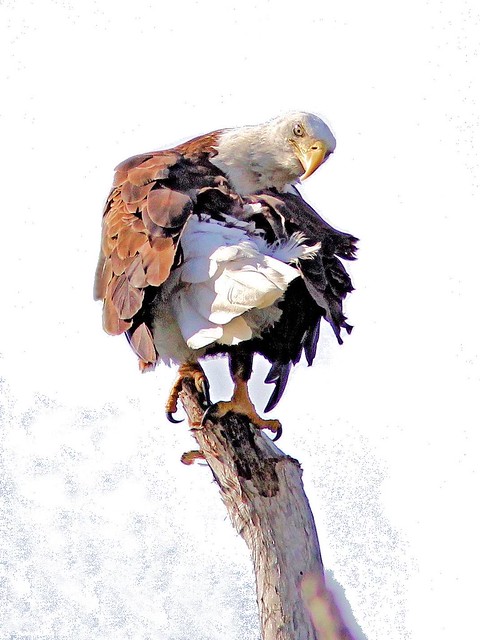
A young Gray Squirrel scurried up a tree in my neighborhood as I finished my walk. ¡Hasta la vista!

